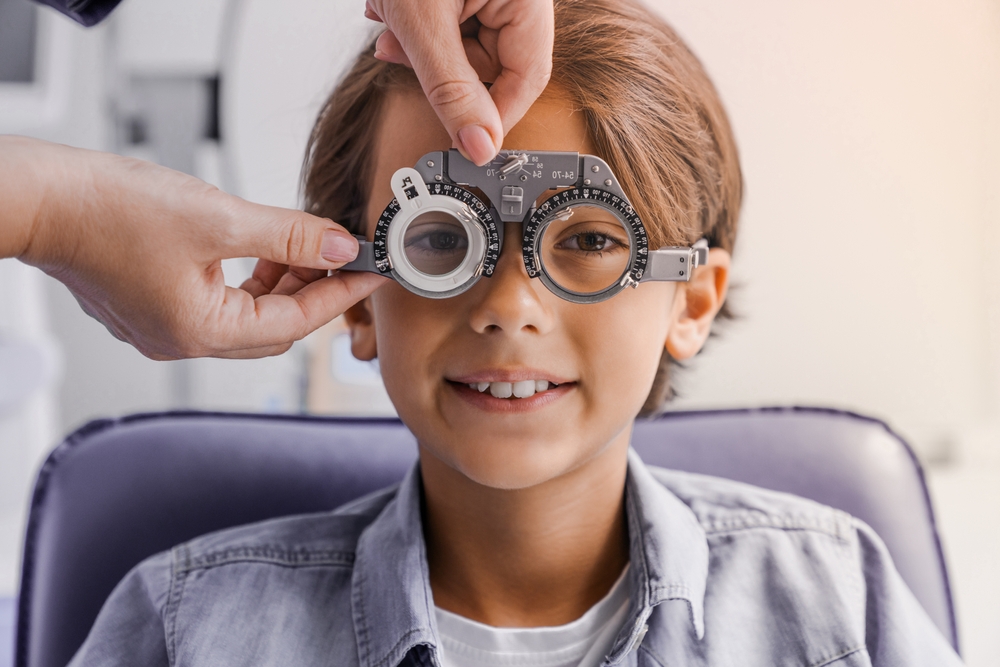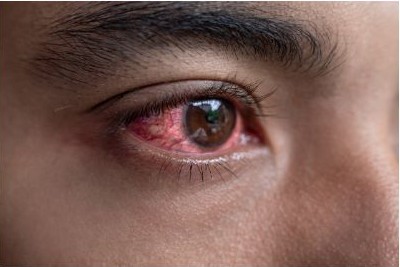Sight To See Blog
Learn more about optometrist care in our blog!

Myopia is becoming more common every year - especially in children. While glasses and contact lenses can correct blurry distance vision, they do not slow down the progression of myopia. When myopia continues to worsen year after year, the long-term impact can extend beyond needing stronger prescriptions.

Eye emergencies can happen when you least expect them - whether you’re cooking at home, working on a project, or sitting at your desk. Knowing how to respond quickly and correctly can make a big difference in protecting your vision. Here’s what you should do if you or someone near you experience an eye emergency, along with steps you can take to reduce the risks.

Like many of you already know, as we get older, everything changes. One minute we’re young and vibrant, staying out until 3 AM, and the next we wake up and everything hurts, we’re exhausted if we're not in bed by 9 PM, and we have a vegetable garden in the backyard. Not only does everything start hurting as soon as you turned 30 (speaking from experience), but aging adults also often face a range of eye health issues that can impact their vision and overall quality of life.

If you’re considering LASIK to correct your vision, you’re not alone. Millions of people have turned to LASIK as a safe and effective alternative to glasses or contact lenses. At Sight To See Eyecare & Eyewear, we’re here to walk you through what to expect before and after the procedure so you can feel confident every step of the way.

Have you ever experienced that annoying fluttering sensation in your eyelid that seems to come out of nowhere and won’t go away? That’s called myokymia, and it’s more common than you might think. Let’s break down what’s really happening, what causes it, and how you can find relief.

Living with diabetes requires careful attention to your overall health, and that includes your vision. Many people don’t realize that diabetes can quietly affect their eyes long before they notice any changes in their sight. Regular diabetic eye exams can catch issues early, helping to prevent vision loss and keep your eyes as healthy as possible.

It’s a common, yet commonly misunderstood eye condition that affects people of all ages: conjunctivitis, or commonly referred to as pink eye. Pink eye is characterized by the inflammation of the conjunctiva, the thin membrane that covers the white part of the eye and the inner surface of the eyelids. Today we’ll uncover the various causes of this condition, shedding light on how to identify and manage each type effectively.

When it comes to eye care, there are different professionals involved in ensuring your vision health. However, it's common to feel confused about the roles and responsibilities of an optician, optometrist, and ophthalmologist. Keep on reading to help shed light on the distinct roles of these eye care experts, clarifying their functions and how they contribute to your overall eye health. Understanding their unique roles can help you make informed decisions and seek the right care for your vision needs.

At Sight To See Eyecare & Eyewear, we understand how important your child’s vision is to their overall well-being and success in life. With myopia (nearsightedness) becoming more prevalent, it’s essential to address this condition early and effectively. That’s why we offer comprehensive myopia control strategies tailored to protect your child’s eye health. Let's dive into what myopia is, why it’s on the rise, and the innovative solutions we provide to help manage and slow its progression. We are committed to empowering families with the knowledge and tools needed to combat this growing concern.

When it comes to addressing unique vision challenges, specialty contact lenses offer a world of possibilities for individuals who struggle with common and complex eye conditions. At Sight To See Eyecare & Eyewear, we provide tailored solutions, including specialty lenses, to help you achieve clear, comfortable vision.






